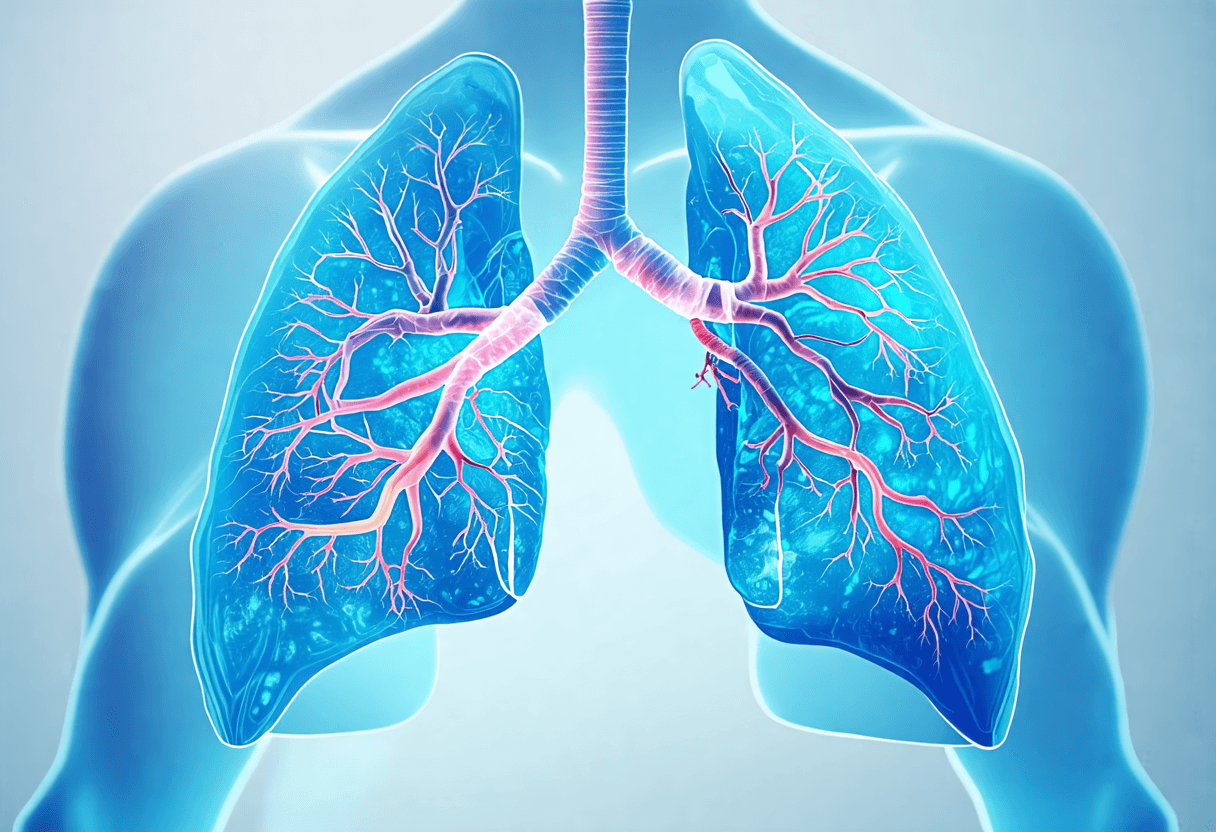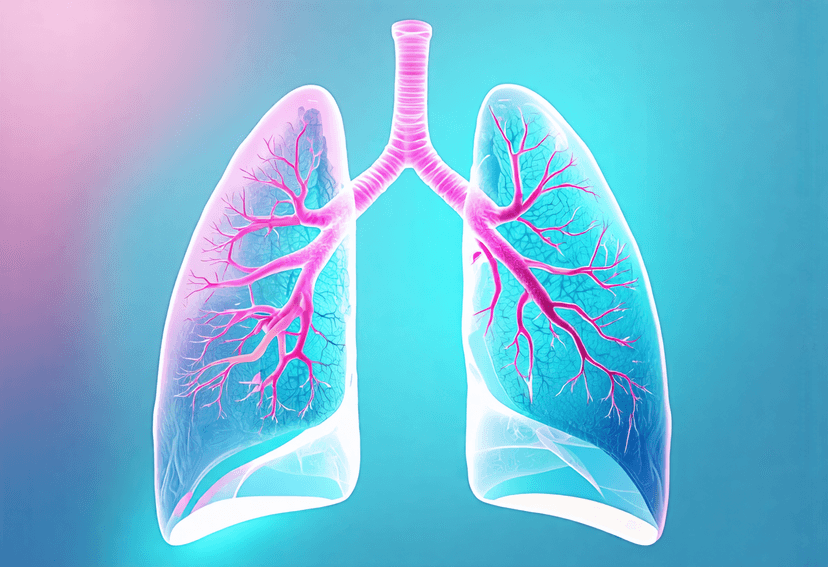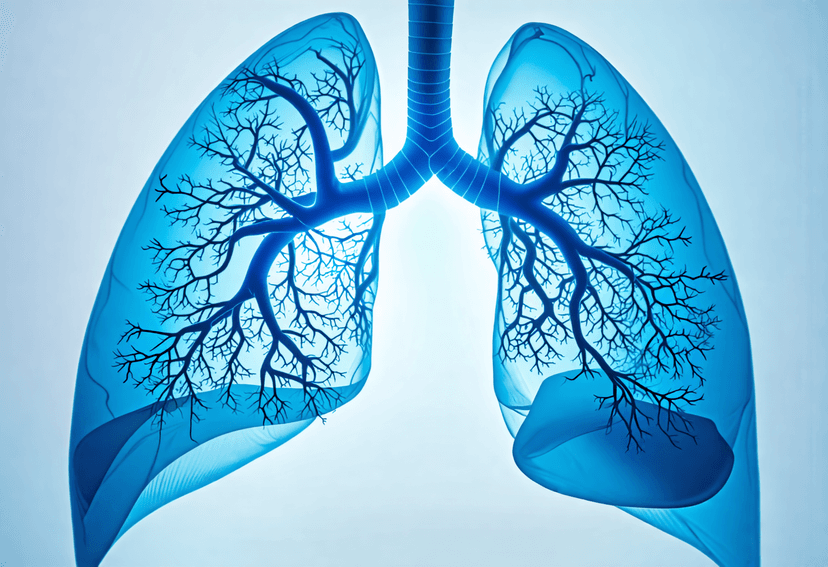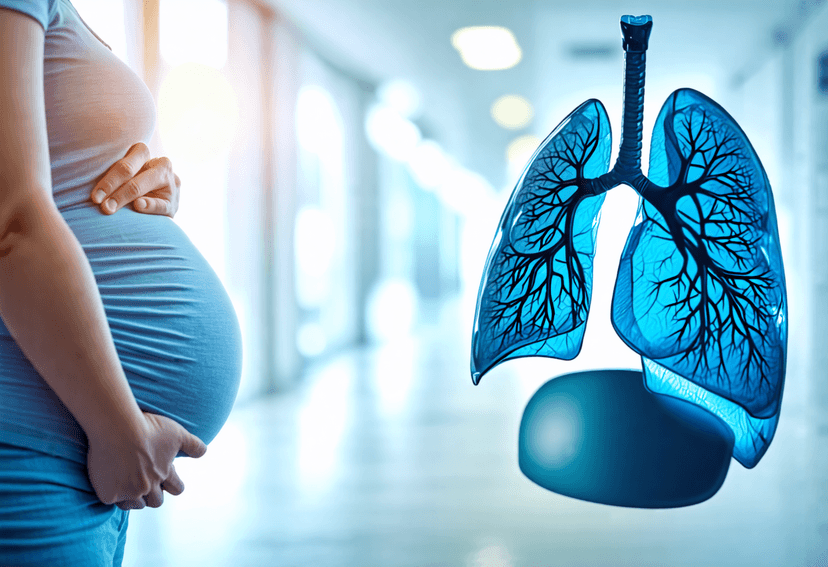
The Lung Transplant Process: A Step-by-Step Guide
12 Oct, 2024
 Healthtrip
HealthtripImagine waking up every morning, feeling like you can breathe again, like the weight on your chest has finally been lifted. For individuals suffering from end-stage lung disease, a lung transplant can be a lifesaving procedure that offers a second chance at life. However, the journey to get there can be daunting, filled with uncertainty and anxiety. In this comprehensive guide, we will demystify the lung transplant process, breaking it down into manageable steps, so you can better understand what to expect and prepare yourself for this transformative journey.
Step 1: Diagnosis and Referral
It all begins with a diagnosis. If you're experiencing symptoms such as shortness of breath, coughing, or fatigue, your doctor may suspect lung disease. After a series of tests, including imaging studies and lung function tests, your doctor may conclude that your lungs are severely damaged, and a transplant is necessary. Your doctor will then refer you to a lung transplant center, where a team of specialists will evaluate your eligibility for a transplant.
Most popular procedures in India
Evaluation Process
The evaluation process is a thorough and rigorous assessment of your overall health, designed to determine whether a lung transplant is right for you. This includes a series of tests, including blood work, cardiac evaluations, and pulmonary function tests. You'll also meet with a social worker, psychologist, and nutritionist to assess your mental and emotional readiness for the transplant. This process can take several weeks to several months, depending on the complexity of your case.
Wellness Treatments
Give yourself the time to relax
Lowest Prices Guaranteed!

Lowest Prices Guaranteed!
Step 2: Listing and Waiting
Once you've been deemed eligible for a transplant, your name will be added to the national waiting list. The waiting period can be a challenging and emotional time, as you wait for a matching donor lung to become available. During this time, it's essential to stay healthy and manage your condition to ensure you remain a viable candidate for transplant. Your transplant team will closely monitor your health and provide guidance on how to stay healthy while waiting.
Understanding the Waiting List
The waiting list is a complex system that matches donors and recipients based on factors such as blood type, lung size, and medical urgency. The list is constantly changing, and your position on the list can fluctuate depending on the availability of organs and the medical urgency of other patients. It's essential to stay informed and communicate regularly with your transplant team to ensure you're prepared when the call comes.
Step 3: Surgery and Recovery
The day of the transplant has finally arrived. You'll undergo a complex surgical procedure, where your diseased lung will be removed, and the new lung will be implanted. The surgery can take several hours, and you'll spend several days in the intensive care unit (ICU) recovering. The road to recovery can be long and challenging, but with the support of your transplant team and loved ones, you'll be on the path to a healthier, happier life.
The Recovery Process
The recovery process is a critical phase of the transplant journey. You'll need to take immunosuppressive medications to prevent rejection, and attend regular follow-up appointments with your transplant team. You'll also need to make lifestyle changes, such as quitting smoking and avoiding crowded areas to minimize the risk of infection. With time, patience, and dedication, you'll regain your strength and independence, and start enjoying the simple things in life again.
Step 4: Life After Transplant
After the transplant, you'll enter a new chapter of your life, one filled with hope and possibility. You'll need to continue taking medications and attending follow-up appointments, but you'll also start to experience the joys of breathing easily again. You'll be able to walk further, exercise, and engage in activities you thought were lost forever. You'll also have the opportunity to reconnect with loved ones, and start rebuilding your life.
Challenges and Triumphs
The journey after transplant is not without its challenges. You'll need to navigate the complexities of immunosuppressive medications, and deal with the emotional highs and lows of recovery. However, with the support of your transplant team and loved ones, you'll also experience triumphs, such as taking your first breath of fresh air, or enjoying a simple walk outside. These small victories will give you the strength and motivation to keep moving forward.
In conclusion, the lung transplant process is a complex and transformative journey, filled with challenges and opportunities. By understanding each step of the process, you can better prepare yourself for the road ahead, and start living the life you deserve. Remember, a lung transplant is not just a medical procedure, it's a second chance at life, and with the right mindset and support, you can overcome any obstacle and thrive.
Related Blogs

The Hair Transplant Process: What to Expect
Get a step-by-step guide to the hair transplant process

Lung Transplant and Osteoporosis: What to Know
Learn about the risk of osteoporosis after a lung transplant,

Lung Transplant and Menopause: What to Expect
Find out what to expect if you experience menopause after

Lung Transplant and Fertility: What to Know
Understand the impact of lung transplant on fertility, including what

Lung Transplant and Breastfeeding: Is it Safe?
Learn about the safety of breastfeeding after a lung transplant,

Lung Transplant and Pregnancy: What to Expect
Find out what to expect if you become pregnant after










